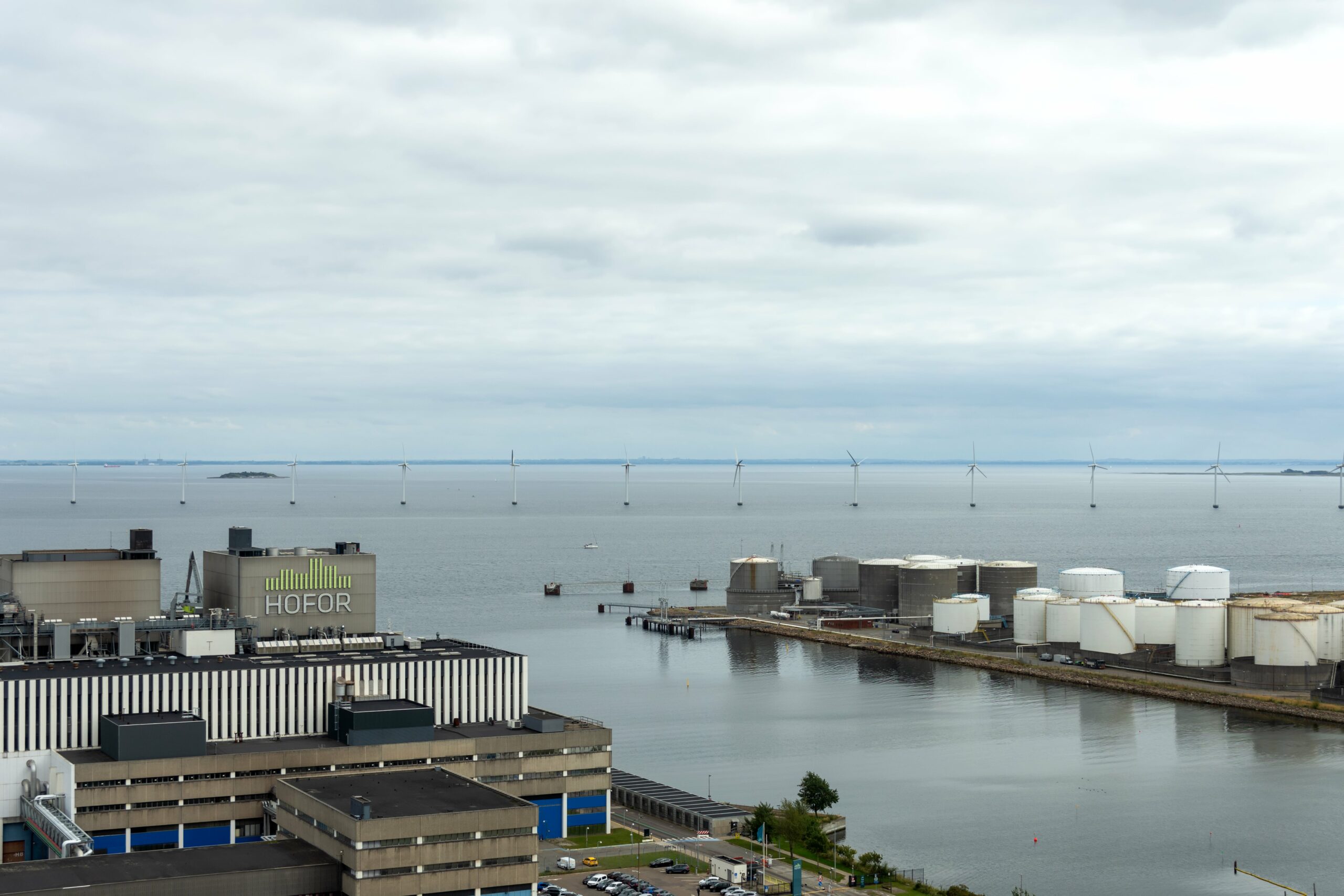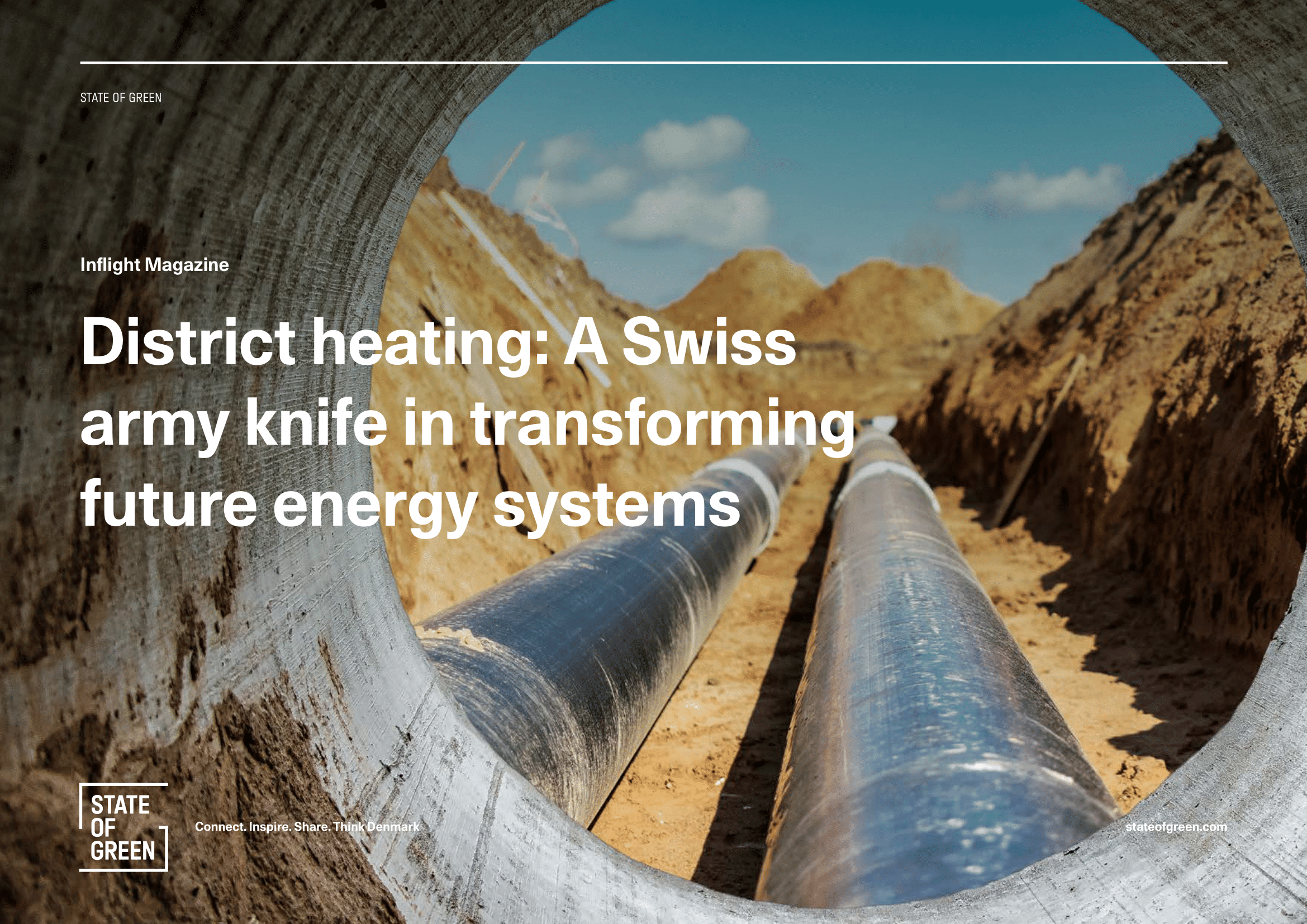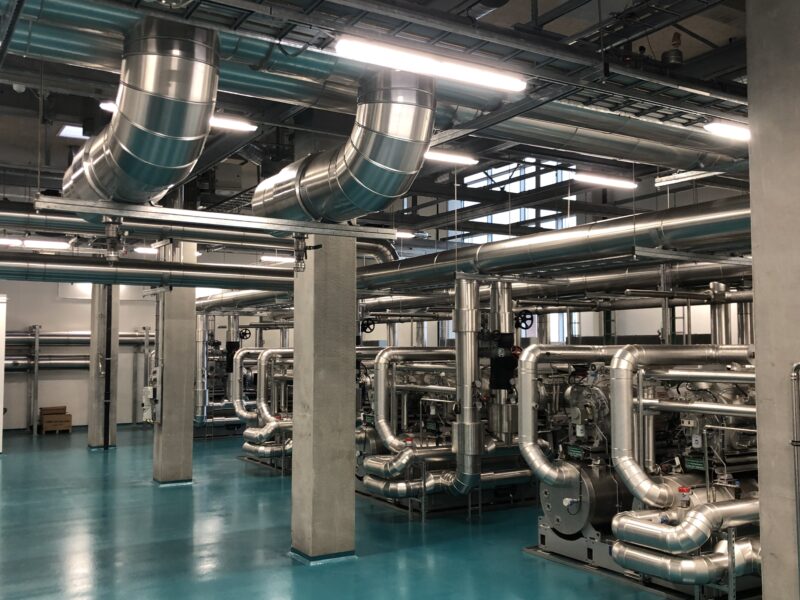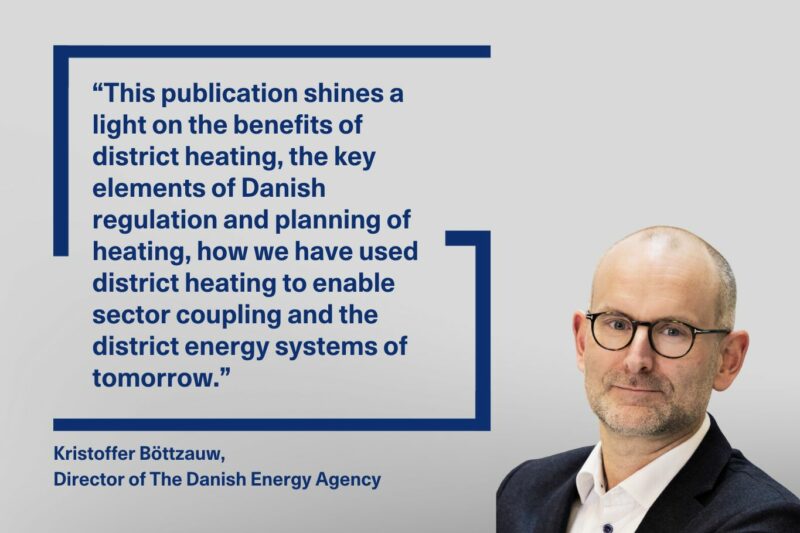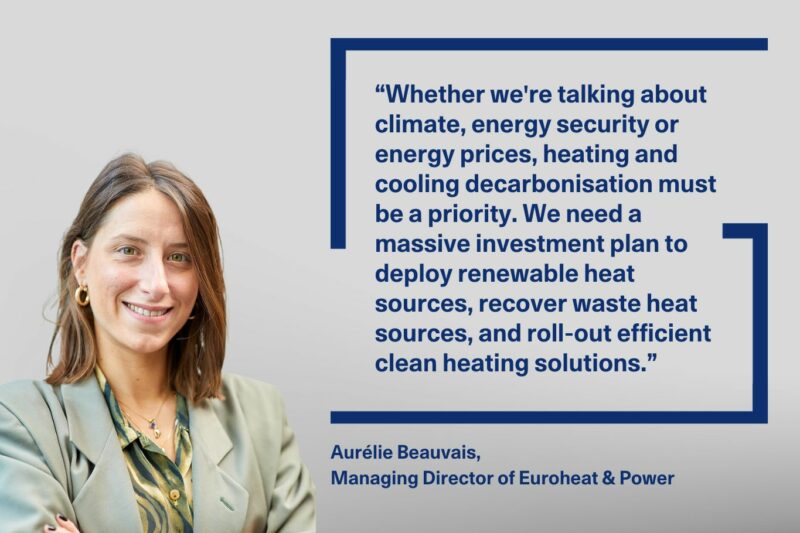En route to creating a carbon-neutral capital
Copenhagen has set aims to become the world’s first carbon-neutral capital. Using green energy sources for district heating is a cornerstone in reaching these ambitions.
Prior to establishing up to 10 new heat pumps, HOFOR has dedicated several years to accumulating valuable knowledge and ensuring the integration of advanced technology through three smaller heat pump projects with a combined capacity of 10 MW.
Related news: One-third of Copenhagen’s hotel rooms are now cooled with seawater
However, the coming project represents a shift in scale. Notably, two of these groundbreaking heat pumps, located at Nordhavn and the Lynetten treatment plant, will jointly possess a capacity of up to 200 MW. The estimated cost for their construction is approximately EUR 260 million and the planning of the first of these two very large heat pumps will start already in 2024.
“Copenhageners can look forward to their heat supply becoming greener. Fossil fuels, which we use when it is coldest, will take up less space in the city’s heat supply as the heat pumps are phased in, and the security of supply, which is already high, will become even higher. In addition to this, and probably just as importantly, the heat pumps will make a significant contribution to Copenhagen’s plans to become climate positive in 2035,” Gorm Elikofer, Energy Director at HOFOR.
Other derivative effects of the large heat pumps being established are diminishing shares of biomass in the city’s heat supply as well as more energy flexibility.
“When heat is electrified in this manner, it introduces increased flexibility into the entire energy system. We can harness green power when it’s abundant, and power down when costs become expensive,” Gorm Elikofer, Energy Director at HOFOR.
